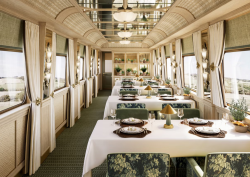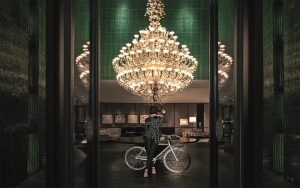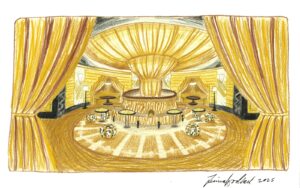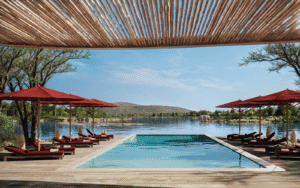High above central London, on a summer-ready rooftop at Hamilton Litestat’s showroom, Hotel Designs’ latest roundtable took place, which dangled technology back into the spotlight. Leading designers gathered to explore how modern hospitality is a balance between design, style and technology…

Not a new topic for Hotel Designs to position under the spotlight – just recently, in a roundtable, we explored digital innovation – technology has been a hot topic in hospitality design for quite some time. Earlier this year we identified several interesting – and somewhat far-fetched – technology trends in hotel design. Despite getting a real forecast as to how tech is helping to fuel evolution, until now we have not yet explored the topic through the eyes of designers, who are faced with modernising spaces, on budget, while adhering to brand standards and working within timeless style parameters.
Putting technology, design and style in the same sentence, Hotel Designs in association with Hamilton Litestat, invited a handful of leading designers to take this conversation forward beyond today’s scene and into the future.
On the panel:
- Jennifer de-Vere-Hopkins, Associate Director, Jestico + Whiles
- Tom Thorogood, Interior Design Associate, Dexter Moren Associates
- Camillia Turner, Design Lead, Blacksheep
- Claire Smith, Director, ABDA
Hamish Kilburn: With what’s on offer in today’s market, can designers afford – with a healthy budget – to create a tech-savvy hotel?
Camilla Turner: Generally, we take things project-by-project and budget-by-budget. Certainly, it’s important at the start of any project to understand what you are and what you’re not willing to compromise on – technology is often on the list.
I am working with a client at the moment in Barcelona and technology is proving to be a key part of the brief. Innovative lighting, which doesn’t come cheap, is a significant element, and luckily the client understands the cost element of quality technology in this instance. This, I feel, makes all the difference.
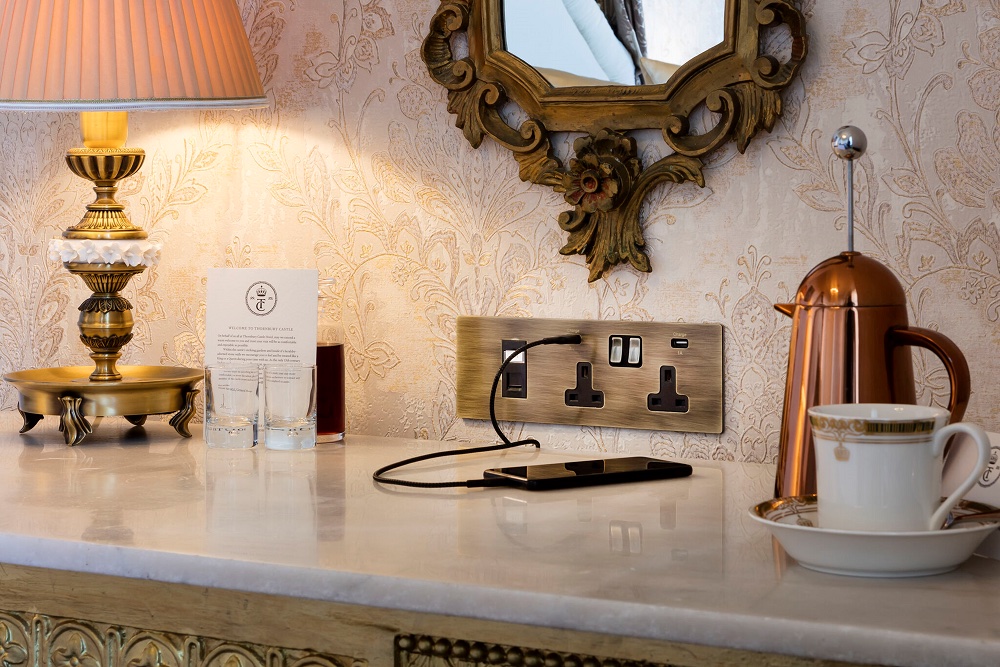
Image credit: Hamilton Litestat
Claire Smith: At the end of the day, we can design the most incredible spaces, but the reality of projects is that it is client-driven and they decide where they spend their money. Some clients will come forward at the start to say that technology is integral – think all singing, all dancing and everything at a touch of a button – and others believe it’s not that important, but still want the space to be user-friendly and intuitive.
Especially in hotels, technology is also led by demographics and customer experience. For example, technology is really important for millennials, because they were the first generation to grow up in an accessibly digital environment – so it becomes an expectation when they visit somewhere that digital interfaces and tech behind the scenes forms part of that experience. Interestingly, I have found that the GenZ demographic is, on the whole, wanting to detach from digital interfaces and technology dictating the user experience.
Jennifer de-Vere-Hopkins: Technology can be subtle and it can really enhance the overall guest experience. We perceive that the older generation are not clued up when it comes to tech. However, we have recently undertaken research on the demographic of 55+ age bracket, and for that group of people, who have travelled the world perhaps and have good life standards, it is a basic minimum for there to be sound, video and connectivity with their devices. So, it’s just very interesting how our outside perception is not always correct when understanding the behaviours of travellers.
SM: I think that’s the key, moving forward, is for technology to be simple and where possible connect with the guests’ own devices. Certain lifestyle brands, I think, get it so right in areas – like the public spaces, for example – but so wrong in other ways. As soon as you enter the room, you are faced with this pad, and left wondering how to switch the lights on. That, to me, just feels messy and totally wrong. I think that whole idea of an iPad supplied by the hotel is dated, over-complicated and just not in-line with what modern travellers want today.

Image credit: IHG/Hamilton Litestat
Hamish Kilburn: In terms of supply, given the demand, is there more tech that is on offer and accessible in 2022 than in the last five or so years?
Tom Thorogood: There are more options that still allow you to have design aspect to it. It’s positive to see, for example, the detailing that’s now on offer with switches. I agree with Claire. I think brands try to make the experience one that is personalised, but it has the opposite effect when making guests use a device supplied by the hotel to operate the rooms. I think, ultimately, the guest should be given the choice.
Also, technology is led by the brands, which I think clients need to be careful of – if you go too far then you very quickly start losing the authentic feel of the hotel experience.
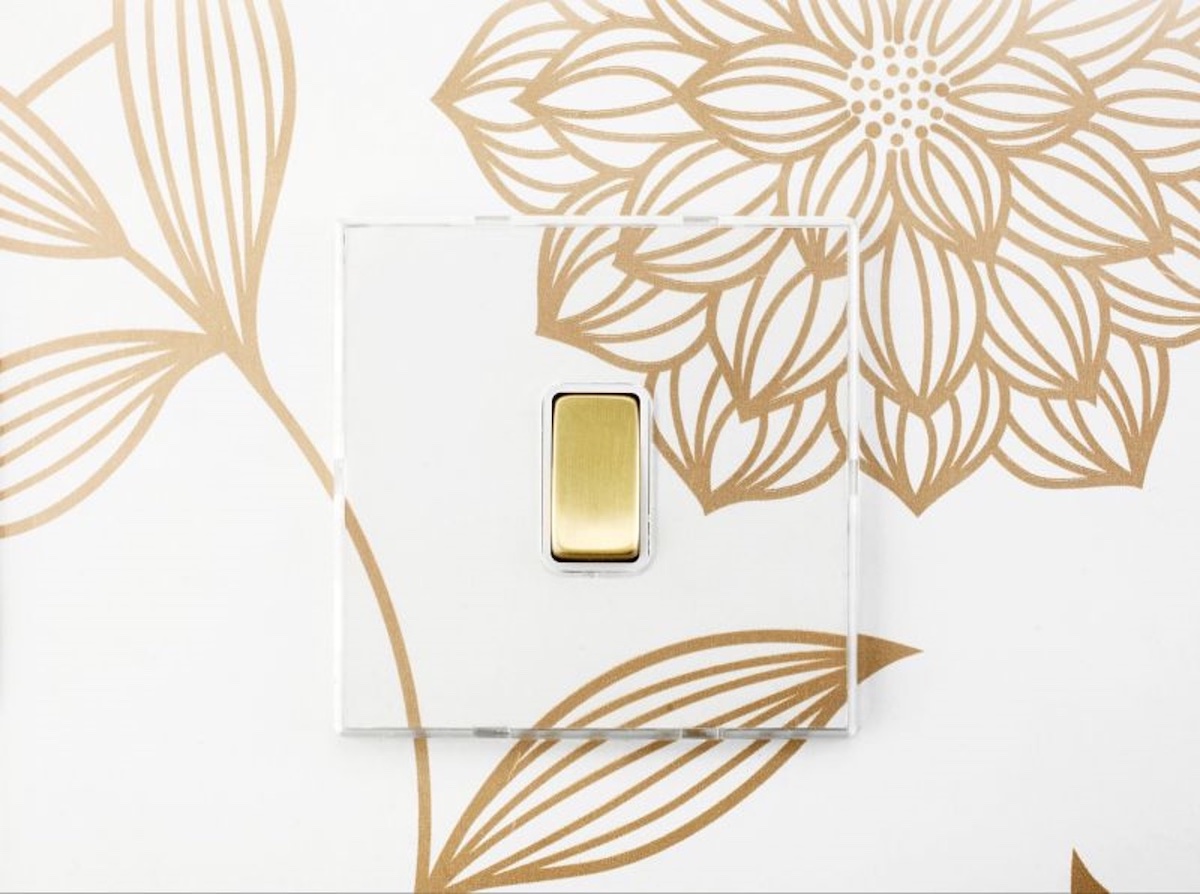
Image credit: Hamilton Litestat
JVH: I think a lot of time, brand’s challenge the designers. One of our projects, Mandarin Oriental in Lucerne, was due to open this year. The luxury hotel is all about experience and human interaction – and we were surprised when the client wanted us to include two large desks – one reception and one concierge – in the lobby. For us, it initially felt like we were designing a hotel 10 or so years ago. In the last decade, we have been trying to do away with reception desks and having a personal check-in experience. However, the brand wanted to create that statement-like arrival experience, which challenged us to make that feel modern and inviting.
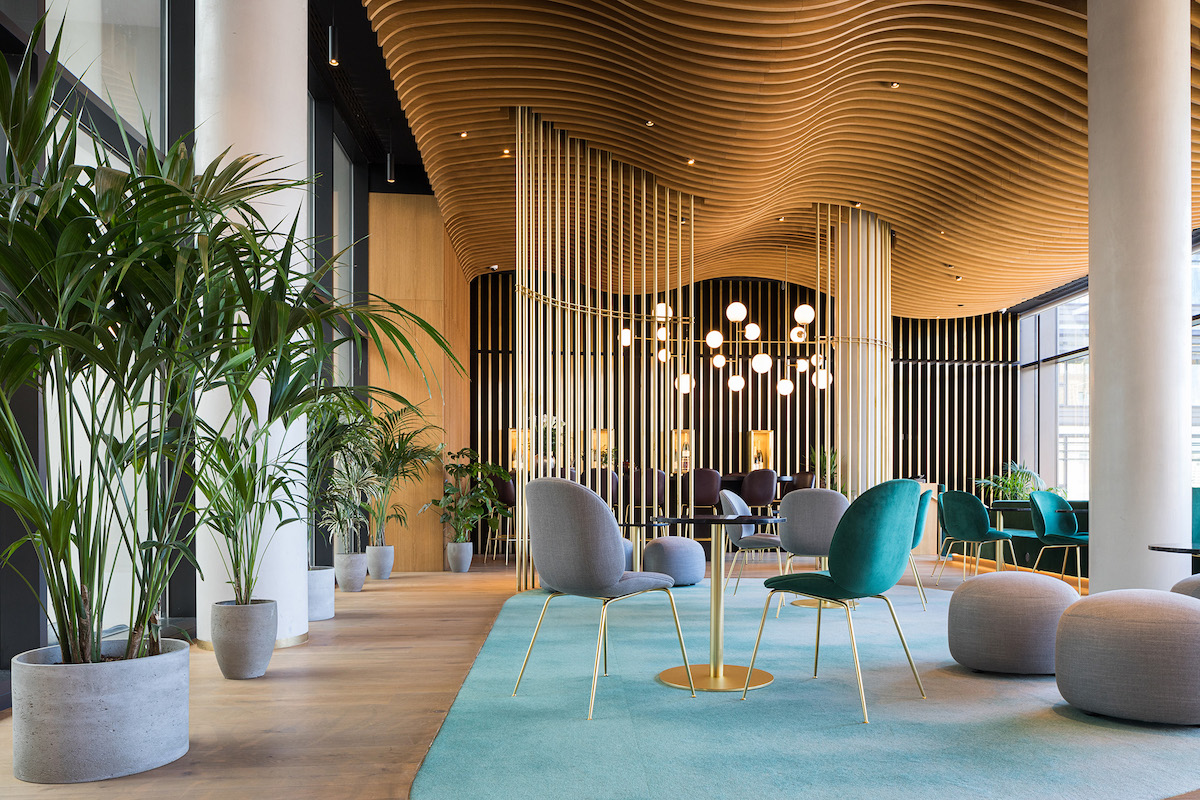
Image credit: Westin London City, designed by Dexter Moren Associates
SM: Many brands have quite, what feel like, old-fashioned brand standards when it comes to technology. Whereas others take a completely different tactic to go as far as even including Amazon Alexa technology into the guest experience. I think now more than ever, especially in the lifestyle sector, technology is really being used to tell the brand’s narrative. The whole idea of a hotel storing data from the guest on their room settings, for example, is interesting, but for many it is a step too far.
HK: We do then stray into the territory of data protection…
TT: I do understand that data-driven experiences are on the cards for hotels – and it will, if used sensitively, make guests’ demand personal with lighting and sound being set to their liking – but I just don’t know how that would work in reality when there is concern around data.
SM: It would be nice if hotels remembered your preferred pillow softness, for example, but I’m not sure about walking into a hotel room and my favourite playlist was on repeat.
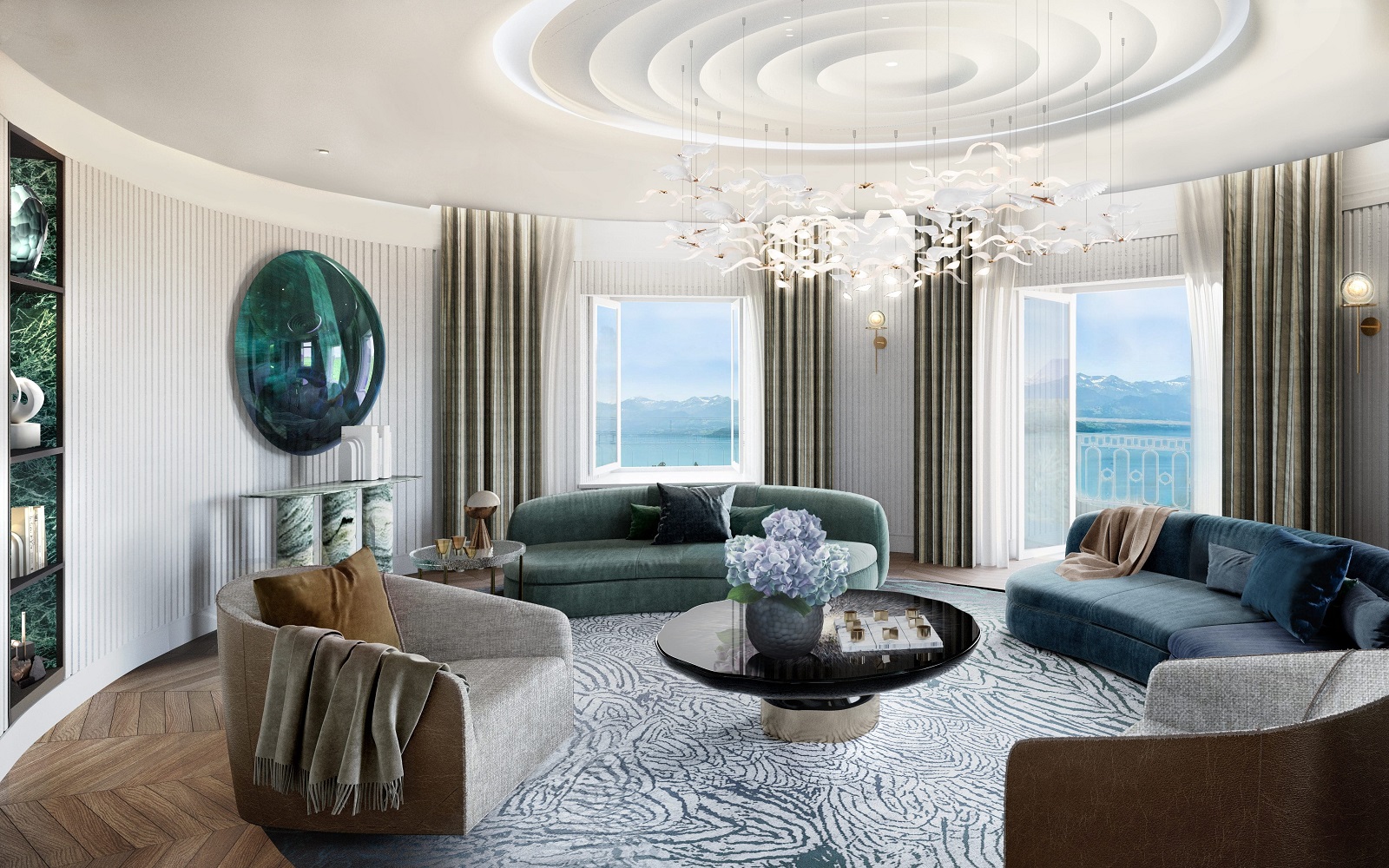
Image credit: Mandarin Oriental Lucerne, designed by Jestico + Whiles
HK: What is your biggest bugbear when it comes to technology in hotels?
TT: For me, if the public areas become too tech-led and there are limited people to manage it. We, as designers, are trained to activate spaces. Sometimes, technology can take over these spaces that are designed to feel free-flowing.
CT: I did find this, during the pandemic, when restaurants took away the menus and instead presented people with QR codes. Although, it didn’t change my order, I couldn’t help but notice that there was less conversation around the menu – and, all of a sudden, it gave people the opportunity to stay on the phone, which distorted the social element of the experience.
JVH: I think it comes back to the brand. At a grab-and-go level, I have found the QR code quite useful and work with their target audience. The worst thing is when there’s confusion around whether someone is meant to serve you or not.
HK: Over the last few years, we have been interested to explore sensory design in hospitality. In reality, is this an element that is making noise in 2022?
SM: We work with a global tech company – and sound and smell in their office space is key to their designs. When you walk into their offices, worldwide, the smell is very signature. In the hotel projects I am working on now, it doesn’t seem to be as much of a focus during the design discussions, but I think it’s only a matter of time before it will start to fall into our territory when discussing the whole user experience.
JVH: Absolutely, and I believe this will drive innovation in the future, but only if it is implemented in a way that is seamless around the guest experience.
Hamilton Litestat is one of our Recommended Suppliers and regularly features in our Supplier News section of the website. If you are interested in becoming one of our recommended suppliers, please email Katy Phillips.
Main image credit: Unsplash





